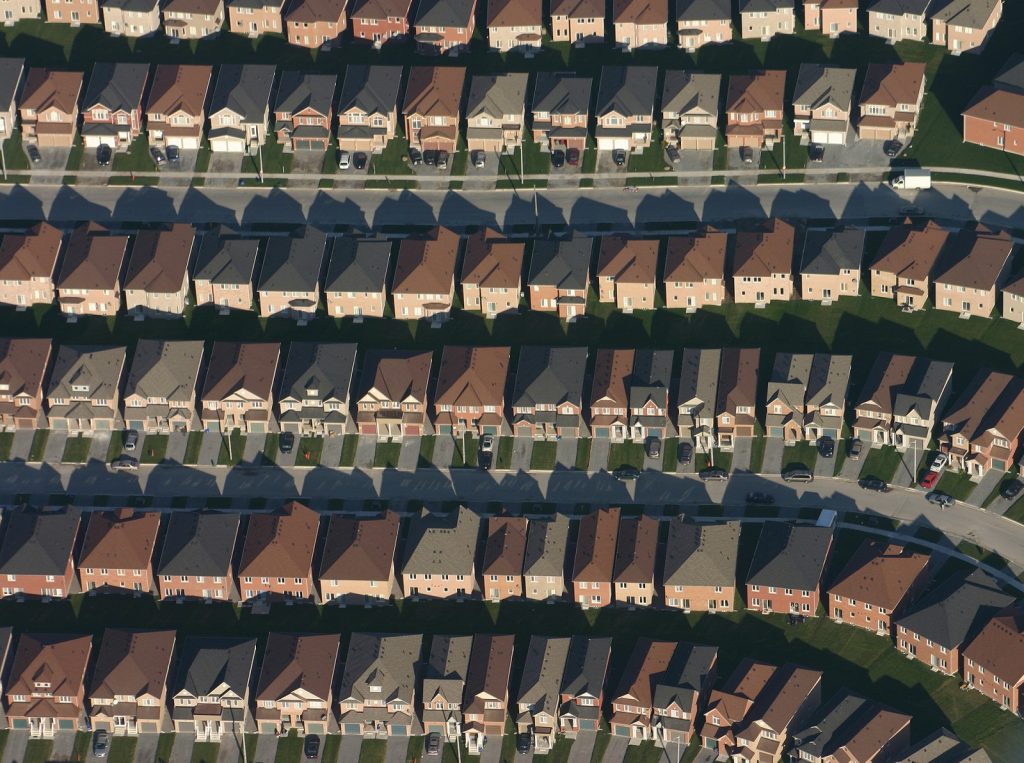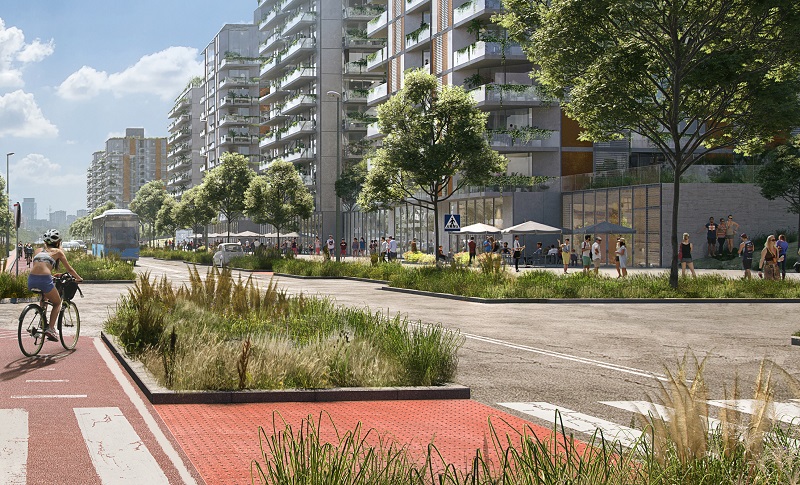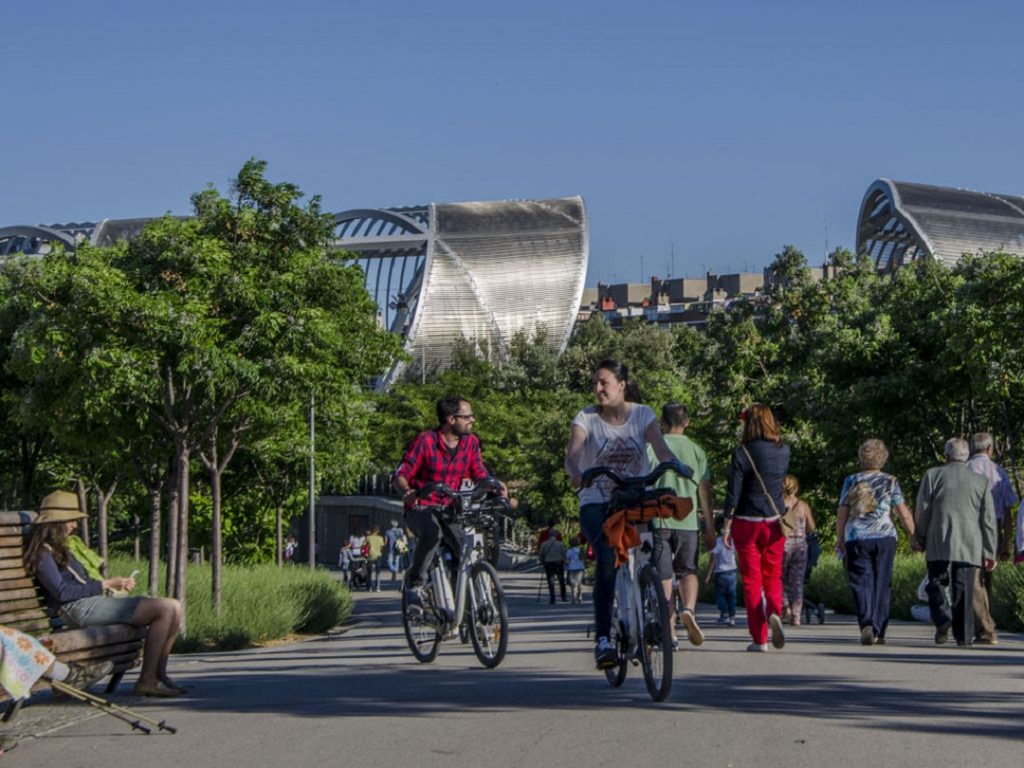15 October 2018
for Madrid Nuevo Norte


It is already apparent today that streets, squares and parks, or in other words, open public spaces, are an essential part of any city or town. When over 9,000 years ago, the Neolithic people puzzled over how to group their dwellings to create the first human settlements, they had no instruction manual. The remains of one of these first settlements have been found on the Anatolian Peninsula, nowadays Turkey. It is an entire city without streets, known as Çatalhöyük. Archaeologists discovered that all the houses and buildings were built side-by-side, creating a unique ensemble, an extensive, continuous built-up area. The houses and temples had neither facades nor windows and had to be accessed from the roof. The flat roofs were used as streets, and wooden ladders were placed to pass from one house to another.[/vc_column_text][vc_single_image image=”6676″ img_size=”full” add_caption=”yes” onclick=”img_link_large” img_link_target=”_blank”][vc_column_text]Although Çatalhöyük had no streets, they did have public spaces: the roofs were their gathering place. Whatever its layout, architectural style, period or place, all cities share a common denominator: socialising in a shared space.
Both the Greek “agoras” and the Roman streets and forums developed this city concept, intrinsically linked to public meeting places since ancient times. The traditional Islamic city reduced the streets to its minimum expression, turning its neighbourhoods into a maze of winding alleys, where the private space and indoor life gained importance. However, other places, such as public baths and markets or souks, were used for socialising.
Public space is, therefore, essential for the urban environment. Many scholars have called into question that the mere clustering of individual houses can be truly called a “city” if there is no space for social and public relations outside the privacy of the home. This is the case of large residential conurbations typical of certain areas in North America, known as a sprawl.

One of the most actively critical urban planners of this dispersion or “sprawl” is Andrés Duany, an American. The title of his book “Suburban Nation: The Rise of Sprawl and the Decline of the American Dream” speaks for itself. For Duany, the inhabitants of sprawls suffer from the lack of public spaces: “As soon as they leave their backyard, they find themselves in an inhospitable, stressful and unpleasant setting. It is hard to walk around in suburban public spaces,” he decried in one of his most famous conferences on the subject. Duany’s support for human interaction in the squares and streets of traditional cities gave rise to the urban trend known as “New Urbanism”.
Richard Rogers, a Pritzker Prize winner, also reveals some of the key question and challenges faced by the cities in the 21st century in his book “Cities for a Small Planet”, including the need to recover authentic public meeting spaces. In many places, these spaces have been replaced by a single, large, closed and isolated shopping mall: “The traditional streets are being emptied of social and commercial content, they are becoming a no man’s land, traversed occasionally by pedestrians and many cars,” he emphasises. As the habit of living in a shared space is lost, so is the habit of socialising, increasing people’s isolation.
North America is undoubtedly the subcontinent in which this phenomenon emerged and where it has reached its maximum expression. However, in recent decades, the system has been exported and taken hold in many urban developments in Europe and our country.
The most advanced trends in contemporary urbanism are therefore committed to a compact model as a sustainable alternative to dispersed population growth. This model makes public transport practicable and helps make services available to more people. It also reduces the number of trips, is more resource-efficient and enables more efficient infrastructure management, reducing overall spending and ecological footprint. This trend of urbanism focuses on a vibrant urban space that is made possible by its density, compactness and mixed-uses. One of its effects is reduced land use, preventing the never-ending sprawl into the rural landscape.
Madrid Nuevo Norte stems from our commitment to this model and way of advancing urban sustainability environmentally, socially and economically. The project, which will fill in the gap void caused by the rail tracks in the north of the capital, promotes public spaces and a compact city model. A vibrant city full of activity, in which squares, parks and quality meeting places are at the heart of urban life.
